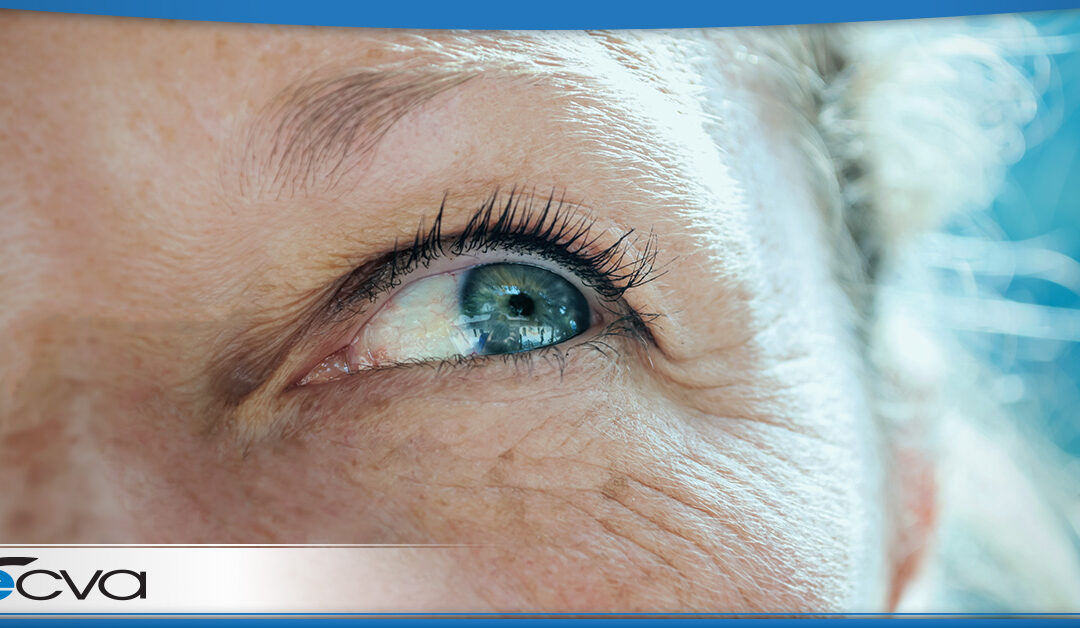While cataracts are known for being an age-related condition, it actually has a potential onset as early as middle age. Cataracts commonly become more problematic for a person’s vision in the later years of life.
What is a Cataract?
A cataract is characterized by a clouding of the eye lens, which ultimately affects a person’s vision. Most complaints will be related to poor vision, generally by older demographics. By the time Americans reach the age of 80, more than half of them will have a cataract or will have had surgery to remove a cataract. It can occur in one or both of the eyes, but it is not a condition that spreads from one eye to the other.
Because the lens is the part of the eye that focuses light on the retina, it must remain clear in order for the retina to gather a sharper image. If cataracts make the lens cloudy, the images subsequently become blurry.
What Causes a Cataract?
The lens is a clear part of the eye, made up of mostly water and protein. Over time, some of the protein might clump together and begin forming a cloud on a small portion of the lens. This is the mechanism by which a cataract is formed.
There are chronic behaviors and illnesses that may contribute to the development of cataracts as well, like diabetes and smoking. But simply put, the protein in the lens shifts and changes as the years go by.
How is Vision Affected?
There are two main ways a person’s vision becomes compromised in the presence of a cataract. The first is through subtle, blurred vision. The condition has been known to change or grow very slowly; so many people don’t notice the nuanced changes in their vision right away. Over time, vision will become more blurry and dull, and possibly interfere with daily activities like reading, driving or watching TV.
The second way cataracts affect vision is through darkening the lens. The lens may take on tints of brown and yellow, filtering a person’s vision with muted hues. Over time, reading and normal activities will noticeably change. Someone with a cataract may not pick up on colors like blue or purple.
Types of Cataracts
Though mostly associated with aging, there are different types of cataracts that result from other causes:
- Secondary Cataract– As a byproduct of eye surgery for a separate condition, cataracts may develop. They also develop secondary to other chronic illnesses like diabetes or prolonged steroid use.
- Traumatic Cataract– Following an eye injury, even years after the incident.
- Congenital Cataract– Babies may be born with cataracts, or children may develop them much earlier in life, due to intrauterine infections or trauma during pregnancy.
- Radiation Cataract– Develops after exposure to certain types of radiation.
Diagnosis and Treatment
Diagnostic tests for cataracts include a visual acuity test, dilation and tonometry. Early symptoms may effectively be treated with eyeglasses, anti-glare sunglasses and magnifying lenses. Over time, as these treatment methods become less effective, surgery will successfully remove the clouded lens and replace it with a clear, artificial lens.
Cataracts will be treated according to their impact on daily activities. Only when those activities are significantly compromised does the need for surgery come into play. Even though there’s no rush to perform surgery, cataract removal is one of the most common surgeries performed in the United States with more than a 90% success rate.
Visit Eye Care & Vision Associates
If you have questions about your eye health, contact Eye Care & Vision Associates today to book an appointment.


